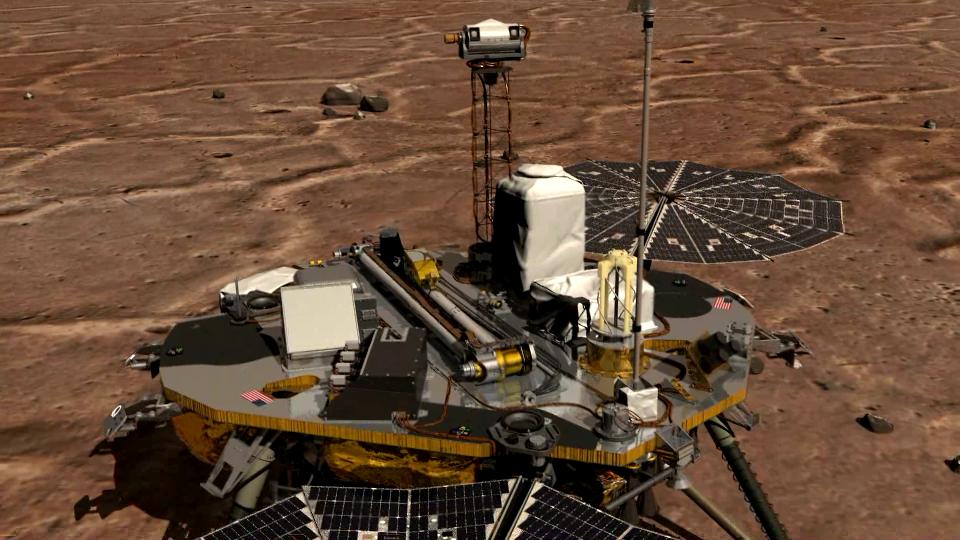TechCrunch is reporting that NASA has announced the latest recipients of money awards from its Small Business Technology Transfer program, which functions as a sort of farm team R&D program for the agency. This year, 19 small research projects received up to $125,000 each, with the promise of up to $725,000 if the projects survive to a second phase.
The list includes such projects as a cardboard drone, improved image processing for landers and rovers, and multispectral imaging. For our purposes, however, the big one comes from a research company named Fibertek, who are angling to build a FLASH lidar that will be “an innovative synthesis of key technologies that results in a >3x reduction in the size and >2x increase in the efficiency” of the lidar sensor used for NASA’s current autonomous landing systems.
These key technologies, the brief explains, start with “additive manufacturing techniques” (that’s 3D printing, for the laymen out there) to build a lighter weight mechanical structure. On top of that, they plan on using something called a ring resonator that achieves a large fundamental node and, well, I don’t know what most of that means so you can check here if you want more deep tech details.
Proposed uses of this sensor include collecting real-time imaging data for landing, rendezvous, satellite servicing, and proximity applications on future “robotic missions to the Moon and Mars.”
If the sensor can meet the requirements NASA sets for its complex and demanding autonomous missions to Mars, I bet some of you could put it to good use in your own applications.
Check here for more details on the recipients and here for more details about Fibertek’s lidar.






